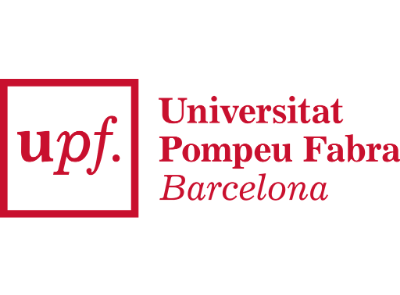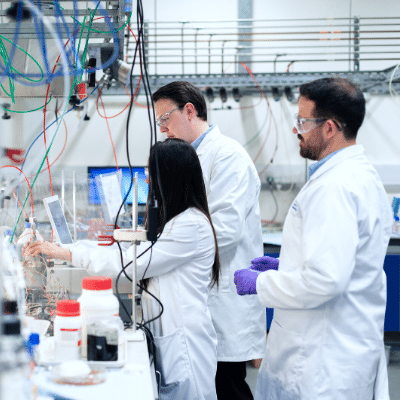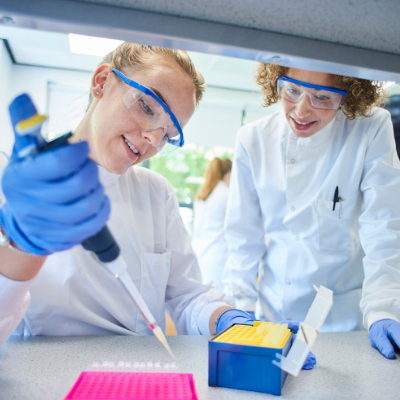ESR4
Fibrogenic progenitors in skeletal muscle.
I have joined the PhD Program at the Université Paris-Est Créteil in France.
I graduated from a BSc in Microbiology at the University of The Andes, Colombia, followed by a MSc in Genome and Cell Fate the University Paris 7 in France. During my Master’s Thesis, I worked at the Gustave Roussy Institute exploring the development of the blood system in the mouse embryo.
As a PhD student of the Cell Biology group within the ITN RENOIR program, I will study the mechanisms underlying skeletal muscle regeneration and fibrosis in conditions of aging and disease, under the supervision of Dr Pura Muñoz-Cánoves (co-supervised by Dr. Antonio Serrano). The final goal of my project is to understand why the regenerative capacity of skeletal muscle declines with aging and over the course of muscular pathologies, since this will help to envision new pathways to enhance or restore muscle regeneration and halt disease progression in patients.
Université Paris-Est Créteil
France
Partner Profile
 Université Paris-Est Créteil Val de Marne (UPEC)
Université Paris-Est Créteil Val de Marne (UPEC)
UPEC is one of the major multidisciplinary and vocational universities within the Paris area.
With 19 sites and its main campus only 20 minutes from the heart of the French capital by subway, its serves a population of over 38,000 students.
A public university, UPEC enjoys governmental and European support. Its diverse partnerships with business organizations enhance its local presence while favoring career opportunities for its students.
In direct contact with its socioeconomic environment, UPEC successfully combines academic and scientific excellence in a spirit of openness.
Website
Topic
Several studies support the emerging concept that inflammation controls stem cell fate/behaviour coordinating tissue repair and this balance is probably skewed in patients with late phases of chronic diseases, like muscle dystrophies and in aging.
We will focus on how the inflammatory and vascular components integrate to coordinate muscle regeneration and how fibrosis develops in pathological conditions. We will study Endothelial-to-Mesenchymal-Transition (EndoMT) in chronic disease (on a mdx background) and in aging. We will study EndoMT in chronic disease (on a mdx background) and in aging by using the Cdh5-CreERT2:R26R-EYFP mice.
EYFP+ cells will be characterized for the expression of markers of ECs (e.g Ve-Cad and CD31), fibroblast (e.g. TCF4 and collagen) and other fibrogenic precursors (PDGFR-α, TNAP) while monitoring the progress of the disease at the histo-pathological level. Moreover, since a myoblast-to-fibroblast conversion has been reported in aged as well as distrophyc skeletal muscle, we will use the Pax7-Cre/Rosa26-YFP reporter mice to trace these cells and analyse their fate in aging and in disease (mdx).
Objectives
To understand the origin, the fate and the role of different fibrogenic precursors during the progression of muscle dystrophy and in aging muscle using lineage-tracing mouse models
PHD Program
PhD programme at the Université Paris-Est Créteil
RENOIR
ESR
COUNTRIES
YEARS
MEMBERS














